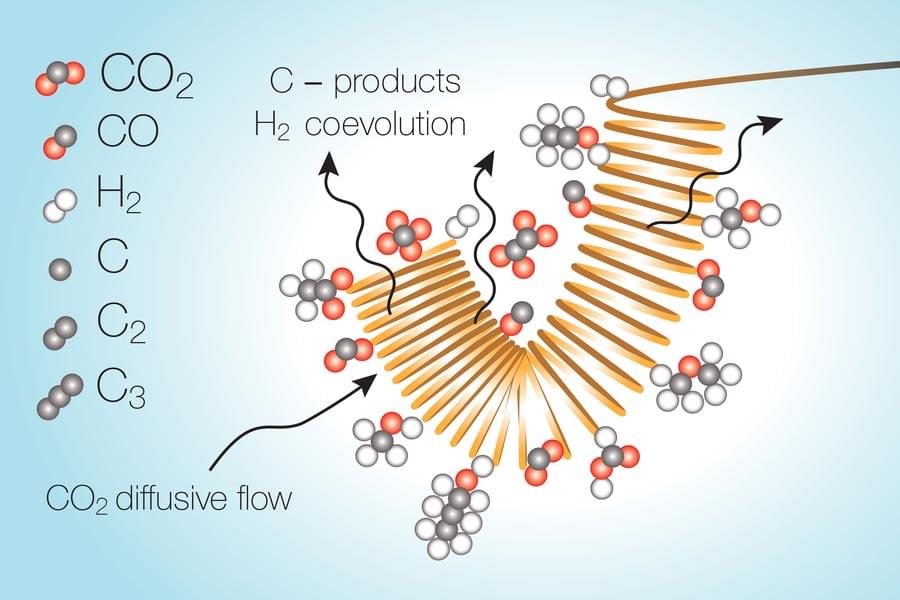Chinese Scientists have previously showed their ability to change and control the weather inside China, but now there’s proof that they may actually modify and control the weather all over the world which has disastrous results in the form of Natural DIsasters such as Tornadoes. This video explores the possiblity of China having done this knowingly and what good could possibly come from having the ability to change the climate at your will. One thing is for sure, the science and technology behind these abilities is truly breathtaking.
–
If you enjoyed this video, please consider rating this video and subscribing to our channel for more frequent uploads. Thank you! smile
–
TIMESTAMPS:
00:00 What are China’s Plans.
01:59 Is China really controlling the weather?
03:14 The History of weather-changing technology.
03:53 What is China actually doing?
05:26 The dangers of controlling the weather.
08:12 Last Words.
–
#weather #science #china




